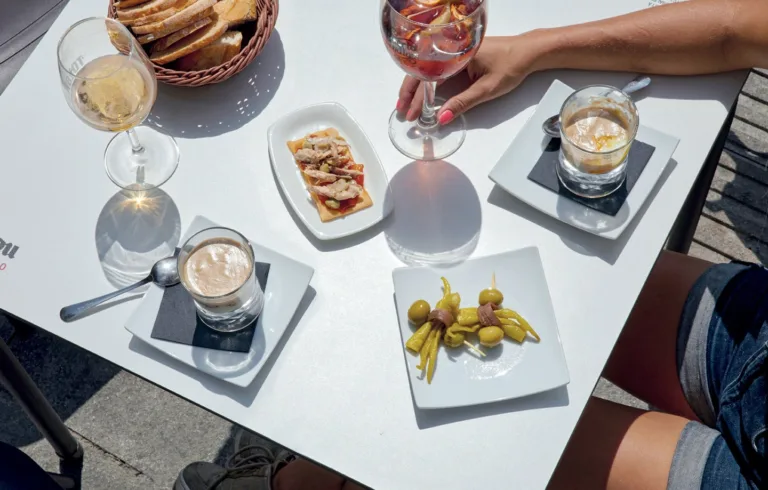At one time, common wisdom dictated that Champagne was for special occasions—holidays, birthdays, engagement parties and other festive celebrations worthy of a toast. But more recently, especially since the COVID-19 pandemic, drinkers in the United States have seemingly decided that any time is a good time to pop a bottle of bubbles.
Between 2019 and 2022, the number of American drinkers enjoying sparkling wine has increased by 30%, according to an International Wine and Spirits Research report, and that growth is forecast to continue. In the same report, projections suggest that the market volume for sparkling wine will grow by more than 15% between 2021 and 2026. The big takeaway? Expect to see more folks in the U.S. drinking more bubbly, more often.
Most sparkling lovers these days have a particular fondness for dry styles—a contrast to the sweet Champagnes popular in the 19th century. But often, labels don’t make it easy to decipher what’s dry and what’s not. Words like “brut” and “extra brut” may leave some consumers scratching their heads. Here’s everything you need to know.
You May Also Like: The Making of a 100-Point Wine: A Champagne from a Special Place
What Is Brut Champagne?
To make Champagne, which is a sparkling wine specifically made in Champagne, France, winemakers use a technique called the traditional method. Through this technique, the wine undergoes a second fermentation in the bottle and spends time in contact with the lees—dead yeast cells—which creates a sparkling wine with a rounded body
This Article was originally published on Wine Enthusiast







